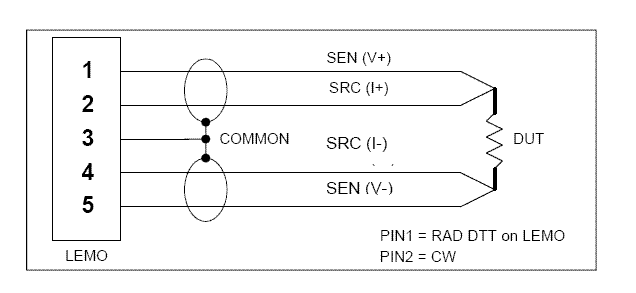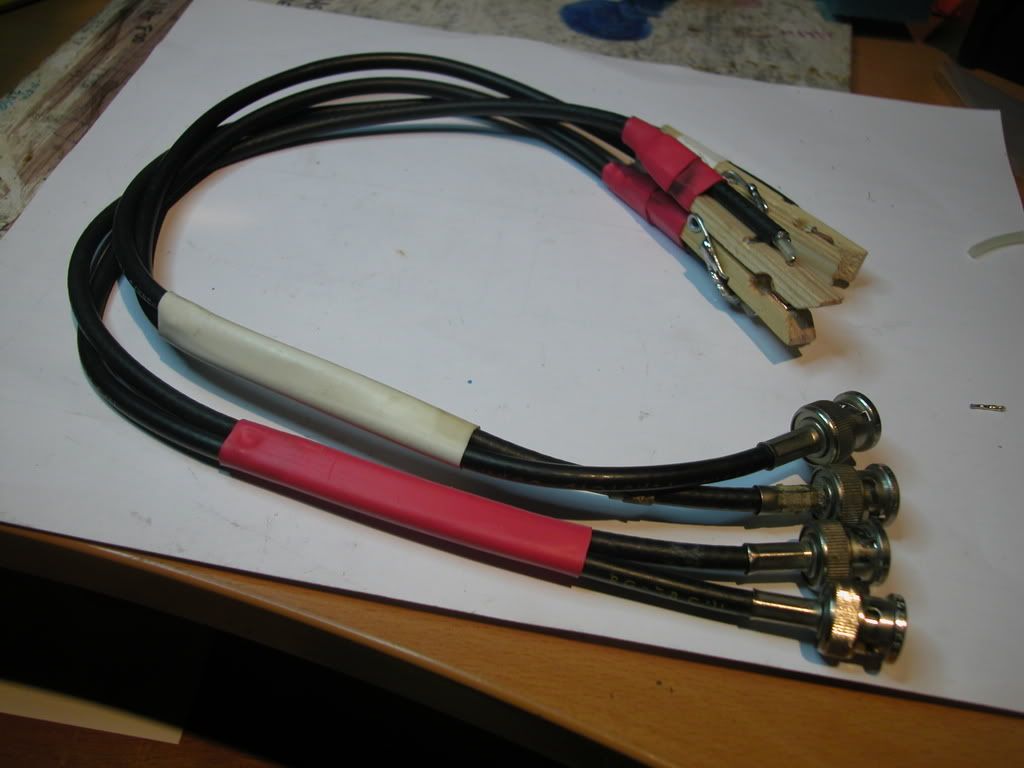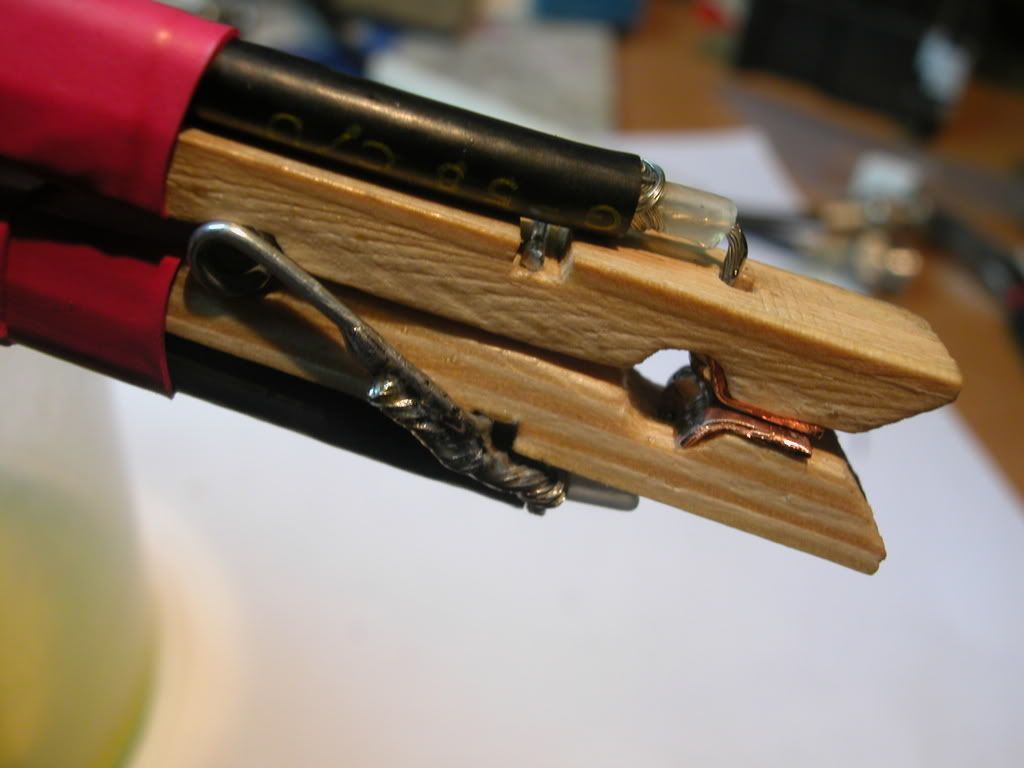Emperor-TK
Well-known member
Is there any reason to avoid using coaxial cable for 4-wire (Kelvin) resistance meter leads? I need to make a new test jig for work, and I've already started building it with coax, which is what I had on hand. My plan is to have the left pair of probes on one wire, and the right pair of probes on another. Would I be better off putting the current or the sensing probes on the shield?
Thanks,
Chris
Thanks,
Chris






